- The Importance of Protective Plants
- Benefits of Companion Planting
- Factors to Consider in Choosing Protective Plants
- Organic Pest Control through Companion Planting
- Companion Planting Basics
- Companion Planting for Pest Control
- Additional Tips for Successful Companion Planting
- Common Protective Plants for Vegetable Gardens
- 1. Marigolds
- 2. Nasturtiums
- 3. Basil
- 4. Borage
- 5. Chives
- 6. Garlic
- 7. Sunflowers
- 8. Dill
- 9. Mint
- 10. Rosemary
- Flowers as Protective Plants
- Marigolds
- Nasturtiums
- Lavender
- Calendula
- Sunflowers
- Herbs for Companion Planting
- 1. Basil
- 2. Rosemary
- 3. Dill
- 4. Mint
- 5. Thyme
- 6. Chives
- 7. Marigold
- 8. Lavender
- 9. Sage
- Combining Protective Plants for Maximum Effect
- 1. Marigolds and Nasturtiums
- 2. Basil and Tomatoes
- 3. Onions and Carrots
- 4. Mint and Cabbage
- 5. Roses and Garlic
- “Question-Answer”
- What is companion planting?
- How can companion planting help with pest control?
- What are some examples of plants that can be used for companion planting?
- Can companion planting help improve soil health?
- What are the benefits of companion planting?
- “Video” What is Companion Planting, Food Forest Examples.
Companion planting is an ancient gardening practice that involves growing different plants together in order to benefit each other. One of the key principles of companion planting is that certain plants can repel pests, attract beneficial insects, and enhance the growth and flavor of neighboring plants. These protective plants can play a crucial role in promoting a healthy and productive garden.
Choosing the right protective plants for companion planting can greatly enhance the success of your garden. Some plants are particularly effective at repelling specific pests, while others provide shade, improve soil fertility, or act as natural fertilizers. Understanding the characteristics and benefits of different plants can help you create a well-balanced and harmonious planting scheme.
One common example of companion planting is the use of marigolds to repel nematodes. Nematodes are microscopic roundworms that can cause damage to the roots of many plants. Marigolds release a chemical compound called alpha-terthienyl, which can repel nematodes and discourage them from feeding on the roots. By planting marigolds alongside susceptible plants, you can help protect them from nematode infestation.
Another popular protective plant is garlic, which is known for its ability to repel aphids, mosquitoes, and other pests. The strong odors produced by garlic act as a natural deterrent, keeping these unwanted insects away from your garden. Planting garlic near roses, for example, can help control aphid infestations and promote healthier growth.
In addition to pest control, protective plants can also provide other benefits. For example, tall plants like sunflowers and corn can provide shade and wind protection for smaller, more delicate plants. This can help reduce water evaporation and prevent soil erosion. Additionally, legumes like beans and peas have nitrogen-fixing bacteria in their roots, which can improve soil fertility by replenishing nitrogen levels.
By carefully selecting and incorporating protective plants into your garden, you can create a natural and sustainable ecosystem that supports the health and productivity of your plants. Whether you are trying to repel pests, improve soil fertility, or enhance the growth of specific plants, companion planting with protective plants is a valuable technique that can benefit any gardener.
The Importance of Protective Plants
Protective plants play a crucial role in companion planting by providing a range of benefits to neighboring plants. These plants have various mechanisms that help repel pests, attract beneficial insects, improve soil fertility, and provide shade or support to other plants.
One of the primary benefits of protective plants is their ability to repel pests. Certain plants emit strong aromas or produce toxic compounds that repel insects, reducing the risk of pest infestation on nearby crops. For example, marigolds are often used as protective plants because they release a strong smell that repels various insects, including aphids and nematodes.
Protective plants also attract beneficial insects, such as ladybugs, lacewings, and bees, which play a crucial role in pollination and pest control. These insects prey on harmful pests, helping to keep their population in check. Some plants, like lavender and yarrow, have nectar-rich flowers that are irresistible to beneficial insects, attracting them to the garden and creating a balance in the ecosystem.
In addition to pest control, protective plants contribute to soil fertility. Certain plants, known as nitrogen-fixing plants, have the ability to capture atmospheric nitrogen and convert it into a form that is easily accessible to other plants. Examples of nitrogen-fixing plants include legumes, such as beans and peas. These plants improve the nitrogen content of the soil, benefiting neighboring plants that require this nutrient for healthy growth.
Protective plants can also provide shade or support to other plants in the garden. Tall, sturdy plants like corn or sunflowers can serve as living trellises for climbing plants, such as beans or cucumbers, providing support and saving space in the garden. Groundcover plants, such as clover or thyme, form a protective layer that helps retain moisture and suppresses the growth of weeds, benefiting neighboring plants by reducing competition for water and nutrients.
Overall, protective plants are essential for successful companion planting. Their ability to repel pests, attract beneficial insects, improve soil fertility, and provide support or shade to other plants makes them valuable allies in the garden. By carefully selecting and strategically placing these plants, gardeners can create a thriving and balanced ecosystem that promotes the health and productivity of their crops.
Benefits of Companion Planting
Companion planting, the practice of growing certain plants together to enhance the health and productivity of crops, offers several benefits. Here are some of the main advantages of companion planting:
- Pest control: When certain plants are grown together, they can help deter pests. For example, marigolds emit a strong scent that repels many insects, while mint plants can deter aphids. By interplanting these pest-repellent plants with your main crops, you can reduce the risk of pest damage without relying on chemical pesticides.
- Disease resistance: Some plants have natural disease resistance properties and can help protect neighboring plants from common diseases. For instance, planting basil near tomato plants can help deter tomato hornworms, while garlic can help prevent fungal diseases, such as black spot in roses. By strategically placing these disease-fighting plants, you can improve the overall health of your garden.
- Improved pollination: Certain companion plants can attract beneficial insects, such as bees and butterflies, which are crucial for pollination. For instance, planting flowers like lavender or borage near fruit trees or vegetable gardens can help attract pollinators, resulting in better fruit set and higher yields.
- Enhanced nutrient uptake: Some plants have deep root systems that can help break up compacted soil and bring nutrients to the surface. These nutrient accumulators, such as comfrey or clover, can be interplanted with shallow-rooted crops to improve overall soil fertility and nutrient availability.
- Natural weed suppression: Certain companion plants, such as groundcovers or fast-growing crops, can help suppress weeds by shading the soil and reducing light availability. For example, planting vining plants like squash or cucumbers can create a dense canopy that shades out weed seedlings.
These are just a few examples of the benefits of companion planting. By selecting the right plant combinations and practicing good garden planning, you can create a natural and biodiverse garden that is less reliant on synthetic inputs and more resilient to pests and diseases.
Factors to Consider in Choosing Protective Plants
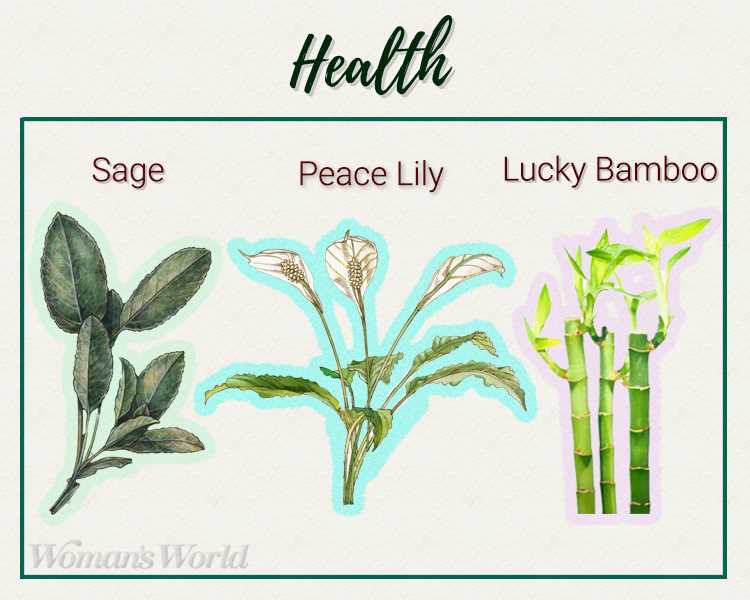
- Companion Planting Benefits: When choosing protective plants, it is important to consider the specific benefits they provide to other plants. Some plants have natural repellent properties against pests, while others can attract beneficial insects that can help control pests.
- Compatibility: Different plants have different growth habits and space requirements. It is important to choose protective plants that are compatible with the plants you are trying to protect. Consider factors such as sunlight, soil type, and moisture requirements.
- Life Cycle: Another important factor to consider is the life cycle of the protective plants. Some plants may have a short life span or may not be suitable for the specific growing season. It is important to choose protective plants that can provide long-term protection.
- Attractiveness: While the primary purpose of protective plants is to provide a barrier against pests and diseases, it is also important to consider their aesthetic value. Choose plants that are visually appealing and complement the overall garden design.
- Ecosystem Considerations: Consider the overall ecosystem of your garden when choosing protective plants. Some plants may compete with each other for resources or may disrupt the balance of the ecosystem. Choose plants that can coexist harmoniously with other plants and contribute to a healthy and balanced environment.
By considering these factors, you can choose the right protective plants to create a companion planting scheme that promotes the health and productivity of your garden.
Organic Pest Control through Companion Planting
Companion planting is a technique used by organic gardeners to control pests naturally, without the use of chemicals. By strategically planting certain crops together, gardeners can create a balance that deters pests and promotes plant health.
Companion Planting Basics
Companion planting works by using plants to attract beneficial insects that prey on common garden pests. Some plants release natural compounds or emit odors that repel pests, while others provide shelter and food for beneficial insects.
When practicing companion planting, it’s important to consider the specific needs and characteristics of each plant. Some plants have strong scents or chemical properties that could negatively affect neighboring plants, so it’s important to choose compatible companions.
Companion Planting for Pest Control
Here are some examples of companion plants that are known for their pest control properties:
- Marigolds: Marigolds are known for their strong scent, which repels many common garden pests such as aphids, nematodes, and whiteflies.
- Nasturtiums: Nasturtiums are attractive to aphids and can divert them away from more vulnerable plants. They also attract predatory insects that feed on aphids.
- Basil: Basil repels flies, mosquitoes, and aphids, making it a beneficial companion plant for crops prone to these pests.
- Mint: Mint repels ants, cabbage moth, and flea beetles. However, it’s important to plant mint in containers, as it can be invasive and quickly take over a garden.
- Lavender: Lavender has a strong scent that repels fleas, moths, and mosquitoes. It also attracts pollinators like bees and butterflies.
Additional Tips for Successful Companion Planting
Here are some additional tips to maximize the effectiveness of companion planting for pest control:
- Rotate crops: Avoid planting the same crop in the same spot year after year to avoid pest buildup.
- Interplant: Mix different companion plants together to create a diverse and balanced garden ecosystem.
- Monitor and identify pests: Regularly inspect your garden for pests and learn to identify the signs of pest damage.
- Research companion plant compatibility: Some plants have positive or negative effects on neighboring plants, so it’s important to do your research before planting.
By incorporating companion planting techniques into your garden, you can naturally control pests without the need for harmful chemicals. Plus, companion planting adds beauty and diversity to your garden, creating a more sustainable and balanced ecosystem.
Common Protective Plants for Vegetable Gardens
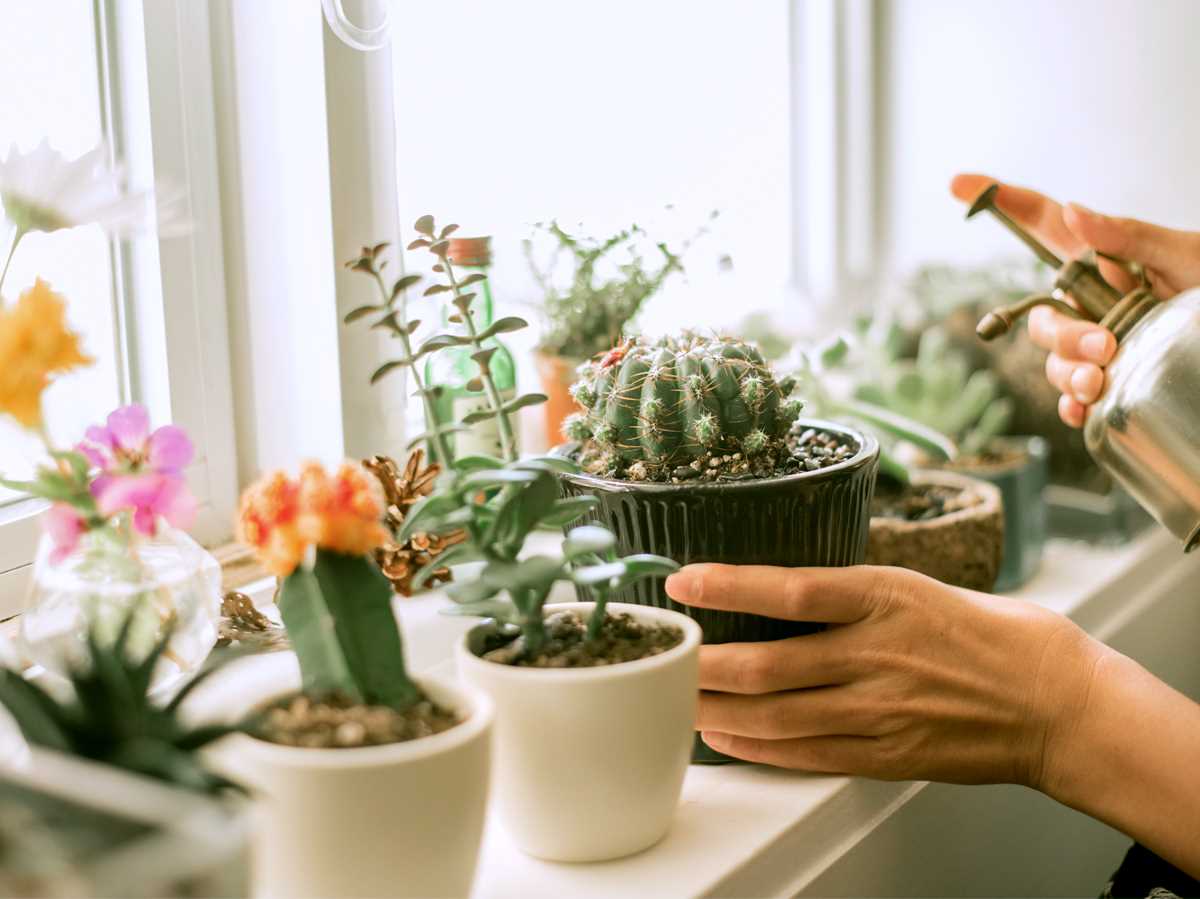
When planning a vegetable garden, it’s essential to consider the potential threats from pests, diseases, and other harmful factors. One effective way to protect your vegetable plants is through companion planting, which involves growing specific plants together that can provide mutual benefits.
1. Marigolds
Marigolds are a popular choice for companion planting in vegetable gardens due to their strong scent, which deters many insects. They can repel nematodes, aphids, and whiteflies, which can damage vegetable plants. Plant marigolds around your garden as a border or intersperse them between vegetables to benefit from their pest-repellent properties.
2. Nasturtiums
Nasturtiums have vibrant flowers that not only add beauty to the garden but also serve as decoy plants. They attract aphids, caterpillars, and other pests away from your vegetable plants. Plant nasturtiums near susceptible vegetables or use them to border your garden to keep aphid populations in check.
3. Basil
Basil is not only a flavorful herb but also an excellent companion plant. Its strong aroma can repel aphids, flies, mosquitoes, and tomato hornworms. Plant basil near tomatoes, peppers, or lettuce to protect them from these pests.
4. Borage
Borage is a beneficial plant that attracts bees and other pollinators to your vegetable garden. It also serves as a trap crop for harmful pests like tomato hornworms, cucumber beetles, and cabbage worms. Plant borage near tomatoes, cucumbers, or brassicas to divert these pests away from your main crops.
5. Chives
Chives are known for their strong smell, which can repel aphids, carrot flies, and Japanese beetles. Plant chives near carrots, cabbage, or roses to protect them from these pests. Additionally, chives can enhance the flavor of your vegetables when used in cooking.
6. Garlic
Garlic is a widely used protective plant in vegetable gardens. Its pungent smell can repel aphids, slugs, snails, and even larger pests like rabbits. Plant garlic near roses, lettuce, or cabbage to ward off these pests and enjoy the added benefit of harvesting fresh garlic bulbs.
7. Sunflowers
Sunflowers are not only eye-catching but also serve as a trap crop for attracting pests like aphids, leafhoppers, and cucumber beetles. By planting sunflowers around your vegetable garden, you can divert these pests away from your valuable crops and into the sunflowers instead.
8. Dill
Dill is a versatile herb that attracts beneficial insects such as ladybugs, hoverflies, and predatory wasps. These insects prey on aphids, caterpillars, and other pests, helping to keep your vegetable plants pest-free. Plant dill near cabbage, squash, or carrots to encourage these beneficial insects to visit your garden.
9. Mint
Mint is known for its strong scent, which repels many unwanted pests, including ants, aphids, and cabbage moths. However, be cautious when planting mint, as it can be invasive. It’s best planted in containers or separated from other plants to prevent its rapid spread.
10. Rosemary
Rosemary is a fragrant herb that can deter various insects, including cabbage moths and carrot flies. Its strong aroma masks the scent of nearby vegetables, making it harder for pests to find them. Plant rosemary near cabbage, carrots, or beans for added protection.
By incorporating these common protective plants into your vegetable garden, you can create a healthy and thriving environment for your crops while minimizing the threat from pests and diseases.
Flowers as Protective Plants
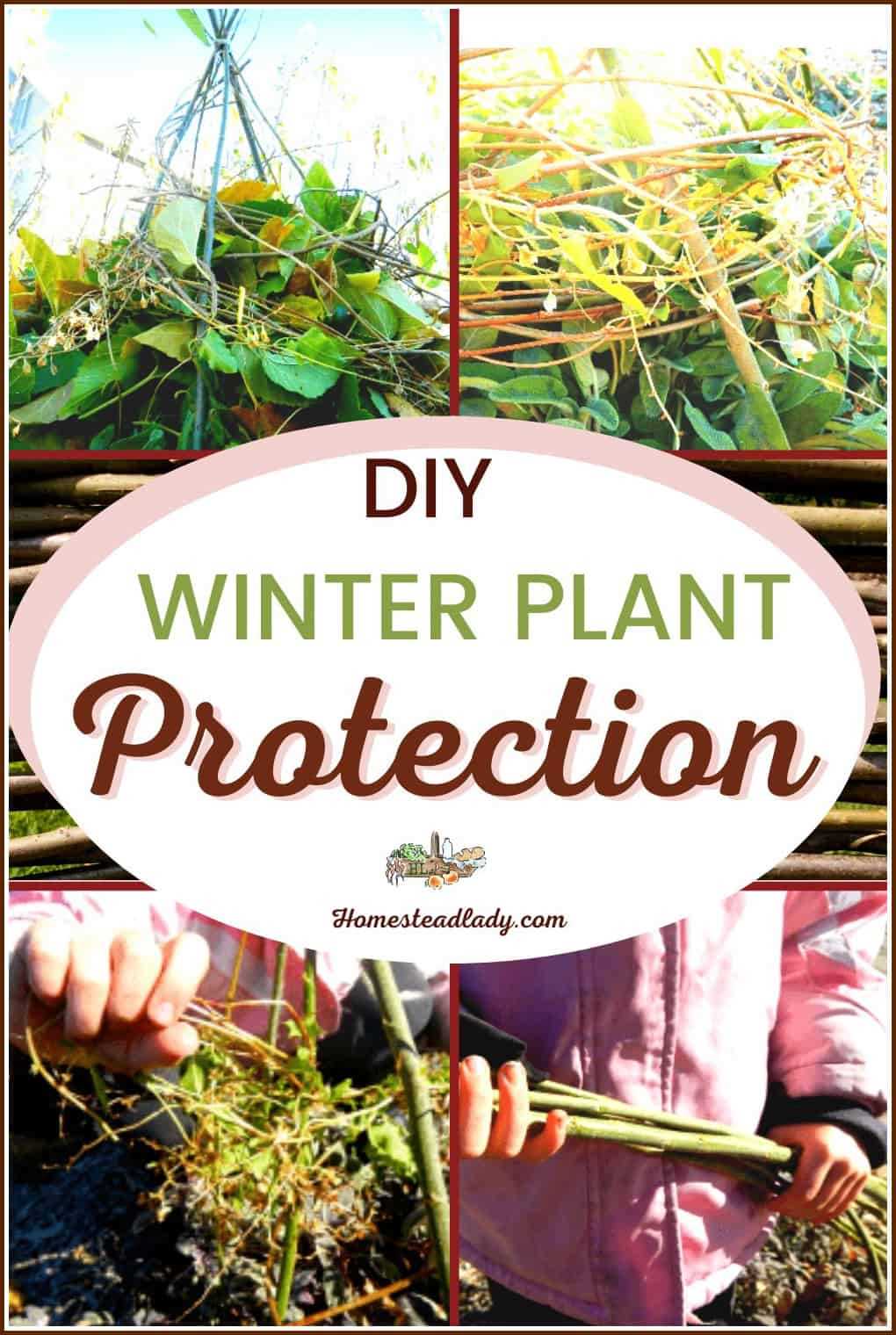
Flowers not only add beauty and color to a garden, but they can also serve as protective plants by attracting beneficial insects and repelling pests. These flowering plants can be strategically planted among vegetable crops to help deter pests and attract helpful insects, creating a more balanced and healthy garden ecosystem. Here are some flowers commonly used as protective plants:
Marigolds
Marigolds are one of the most popular flowers used in companion planting. They have a strong scent that repels many garden pests, including aphids, beetles, and nematodes. Moreover, marigolds attract beneficial insects like ladybugs and lacewings, which feed on harmful pests. Plant marigolds around vegetable crops, or use them to create a border around the garden to keep pests at bay.
Nasturtiums
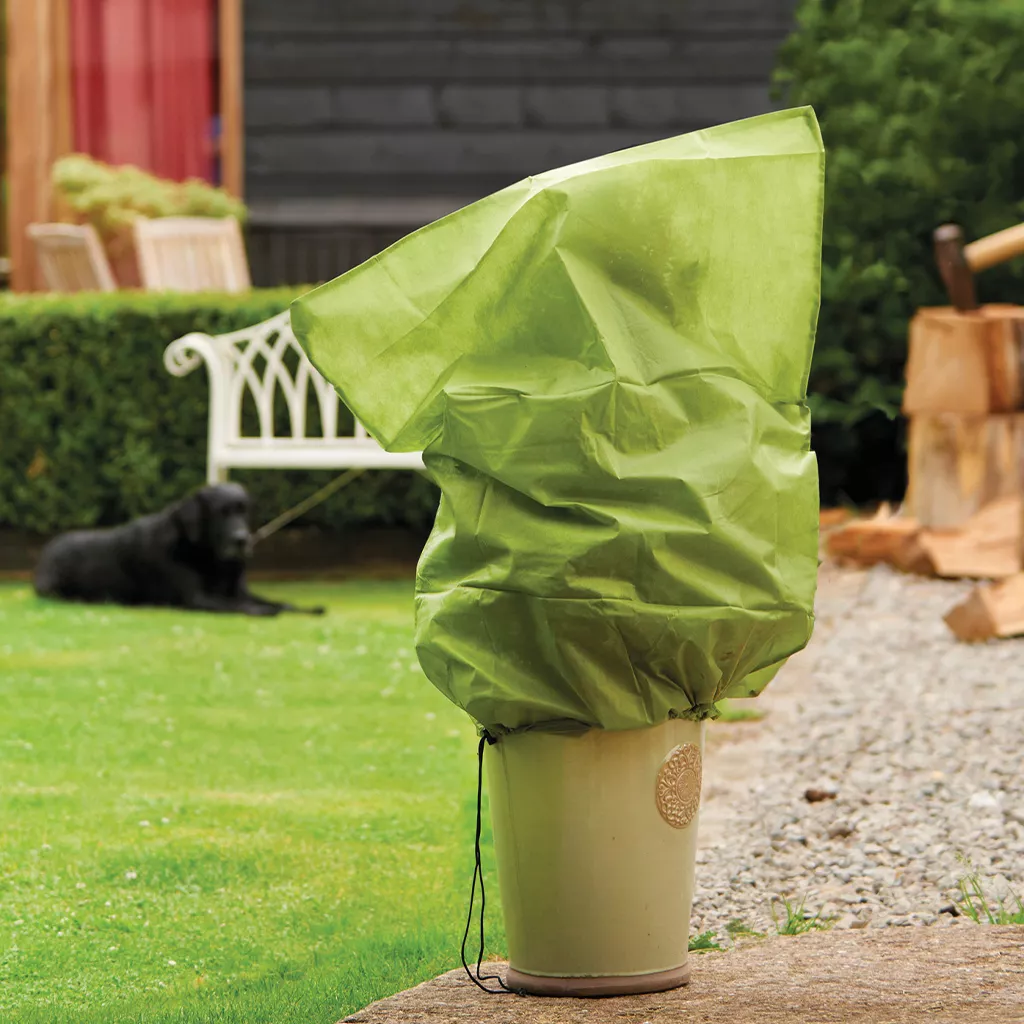
Nasturtiums are both decorative and beneficial for the garden. These vibrant flowers repel aphids, whiteflies, and squash bugs, making them excellent companions for vegetables like cucumbers and squash. Nasturtiums also attract predatory insects like spiders and hoverflies, which prey on garden pests.
Lavender
Lavender is known for its calming fragrance and beautiful purple flowers. However, it also has pest-repellent properties, particularly against moths, fleas, and mosquitoes. Planting lavender near vegetable crops or entrances to the garden can help deter these pests. Additionally, lavender attracts bees and butterflies, which are important pollinators for many plants.
Calendula
Calendula, also known as pot marigold, not only adds a splash of color to the garden but also serves as a protective plant. It repels insects like aphids, tomato hornworms, and whiteflies. The bright yellow and orange flowers are also attractive to bees and other pollinators, enhancing the overall health of the garden.
Sunflowers
Sunflowers are not only stunning and cheerful, but they can also be useful as protective plants. Their tall stalks provide shade and shelter for a variety of beneficial insects, including ladybugs, bees, and butterflies. Sunflower heads also produce a nutritious seed that attracts birds, which can help control pest populations.
By incorporating these flowers as protective plants in your companion planting strategy, you can create a more diverse and balanced garden ecosystem, reduce the need for pesticides, and promote healthy plant growth.
Herbs for Companion Planting
Companion planting is a gardening technique that involves planting different plants together to enhance their growth and protect them from pests and diseases. Herbs are commonly used for companion planting due to their natural repellent properties and ability to attract beneficial insects. Here are some popular herbs that are great for companion planting:
1. Basil
Basil is a versatile herb that can be planted alongside many different plants. Its strong aroma repels pests like flies, mosquitoes, and tomato hornworms. It is particularly beneficial when planted near tomatoes, peppers, and asparagus.
2. Rosemary
Rosemary is a fragrant herb that can help repel pests like cabbage moths, carrot flies, and mosquitoes. It is also believed to improve the flavor of nearby plants. Rosemary pairs well with beans, cabbage, carrots, and sage.
3. Dill
Dill is known for its ability to attract beneficial insects like ladybugs, lacewings, and hoverflies. These insects prey on aphids, cabbage worms, and other garden pests. Dill can be planted near cucumbers, lettuce, and cabbage.
4. Mint
Mint has a strong scent that repels many pests, including ants, fleas, and moths. However, it can be invasive, so it’s best to plant it in containers or use a barrier to contain its roots. Mint is a good companion for cabbage, tomatoes, and peppers.
5. Thyme
Thyme is a versatile herb that aids in repelling cabbage worms, slugs, and snails. Its strong scent can also deter mosquitoes and flies. Thyme can be planted near cabbage, tomatoes, and onions.
6. Chives
Chives are a great companion plant, as their strong scent can repel aphids, carrot flies, and other pests. They are particularly useful when planted near tomatoes, carrots, and peas.
7. Marigold
While not an herb, marigold is often used in companion planting to repel nematodes, aphids, and other harmful insects. Marigolds also attract beneficial insects like ladybugs and parasitic wasps. Plant marigolds near tomatoes, peppers, and beans for best results.
8. Lavender
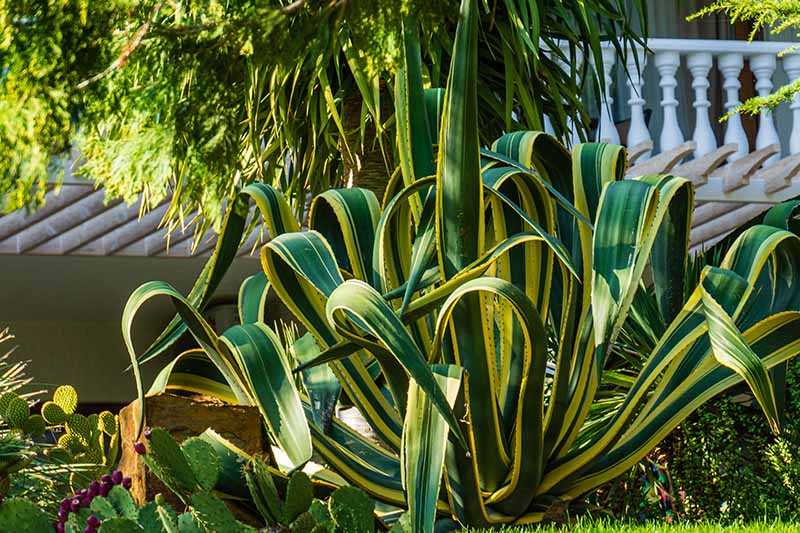
Lavender not only adds beauty to your garden, but it also repels mosquitoes, moths, and fleas. It can also attract bees and other pollinators. Lavender is a good companion for roses, beans, and carrots.
9. Sage
Sage is a strong-scented herb that can help deter pests like cabbage moths and carrot flies. It also attracts beneficial insects and improves the flavor of nearby plants. Sage pairs well with cabbage, carrots, and rosemary.
By incorporating these herbs into your companion planting strategy, you can help protect your plants and promote a healthy, thriving garden.
Combining Protective Plants for Maximum Effect
When it comes to companion planting, combining protective plants can help maximize their benefits and provide even more protection for your garden. By selecting the right combination of plants, you can create a harmonious environment that deters pests, attracts beneficial insects, and promotes overall plant health.
Here are some effective combinations of protective plants:
1. Marigolds and Nasturtiums
Marigolds and nasturtiums are both excellent choices for companion planting. Marigolds have a strong scent that repels many pests, including aphids, nematodes, and whiteflies. Nasturtiums, on the other hand, attract aphids away from other plants, acting as a sacrificial crop. Planting these two together can create a powerful pest deterrent and protect a wide range of plants.
2. Basil and Tomatoes
Basil and tomatoes are considered great companions in the garden. Basil repels pests like mosquitoes, flies, and aphids, while its strong aroma can help mask the scent of neighboring plants, making them less attractive to pests. Planting basil near tomatoes can enhance the flavor of the tomatoes and also help protect them from pests like whiteflies and spider mites.
3. Onions and Carrots
Onions and carrots are a classic example of companion planting. Onions repel pests that commonly affect carrots, such as carrot flies and aphids. Carrots, in turn, can help deter onion flies. The strong smell of the onions is believed to confuse pests and make it difficult for them to locate their preferred host plants, providing natural protection for both crops.
4. Mint and Cabbage
Planting mint near cabbage can help repel cabbage moths, cabbage worms, and ants. The strong scent of mint acts as a natural deterrent for these pests. Additionally, mint can attract beneficial insects like hoverflies, which feed on aphids, whiteflies, and other common cabbage pests. This combination can help keep your cabbage patch healthy and pest-free.
5. Roses and Garlic
Garlic is known for its pest-repellent properties, particularly against aphids. Planting garlic around rose bushes can help deter aphids and other pests that are attracted to roses. Roses, in turn, can create a beautiful backdrop for the pungent garlic. This combination not only protects your roses but also adds visual interest to your garden.
Remember to consider the growth habits and spacing requirements of the plants when combining them. Some plants may compete for resources if planted too closely together, while others may provide shade or support for taller plants. With careful planning and selection, combining protective plants can help create a thriving and naturally balanced garden.
“Question-Answer”
What is companion planting?
Companion planting is the practice of planting different species of plants together to enhance their growth and protect them from pests and diseases.
How can companion planting help with pest control?
Companion planting can help with pest control by attracting beneficial insects and repelling or confusing pests. For example, planting marigolds can repel many common garden pests, while planting herbs like basil or dill can attract beneficial insects like ladybugs or lacewings that feed on pests.
What are some examples of plants that can be used for companion planting?
Some examples of plants that can be used for companion planting are marigolds, basil, dill, nasturtiums, and garlic. Marigolds can repel pests, while basil and dill can attract beneficial insects. Nasturtiums can repel pests and attract pollinators, and garlic can repel a wide range of pests.
Can companion planting help improve soil health?
Yes, companion planting can help improve soil health. Some plants, like legumes, have the ability to fix nitrogen in the soil, which can enrich it and benefit neighboring plants. Additionally, planting a variety of plants together can help create a more diverse and balanced ecosystem in the soil, leading to improved soil health.
What are the benefits of companion planting?
The benefits of companion planting include improved pest control, enhanced pollination, improved soil health, increased biodiversity, and improved overall plant health. By choosing the right plants to plant together, gardeners can create more sustainable and resilient gardens.







